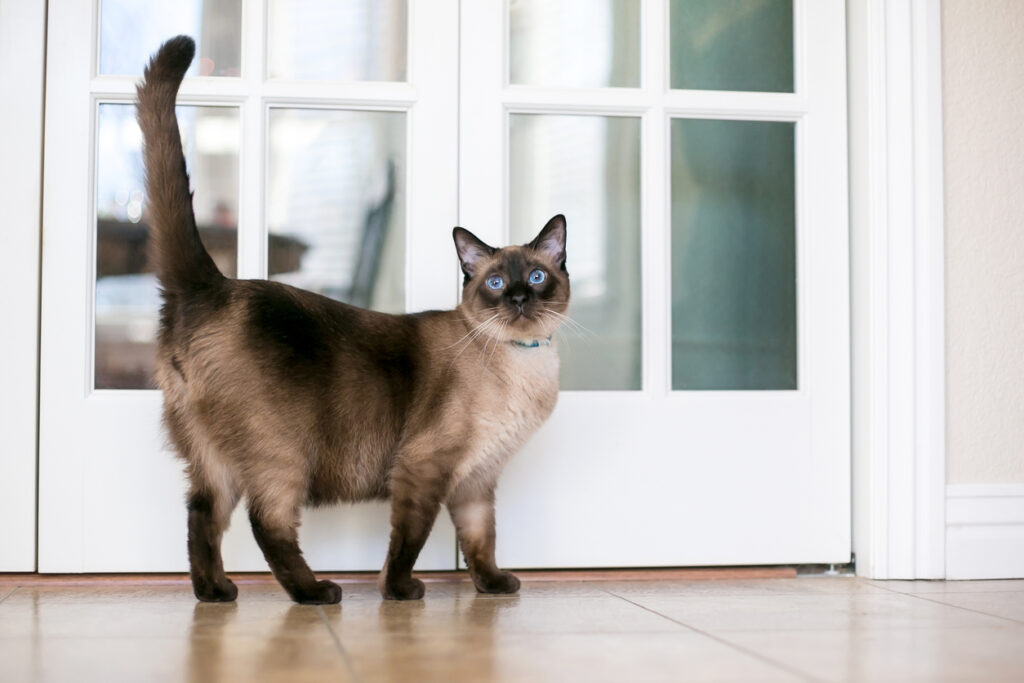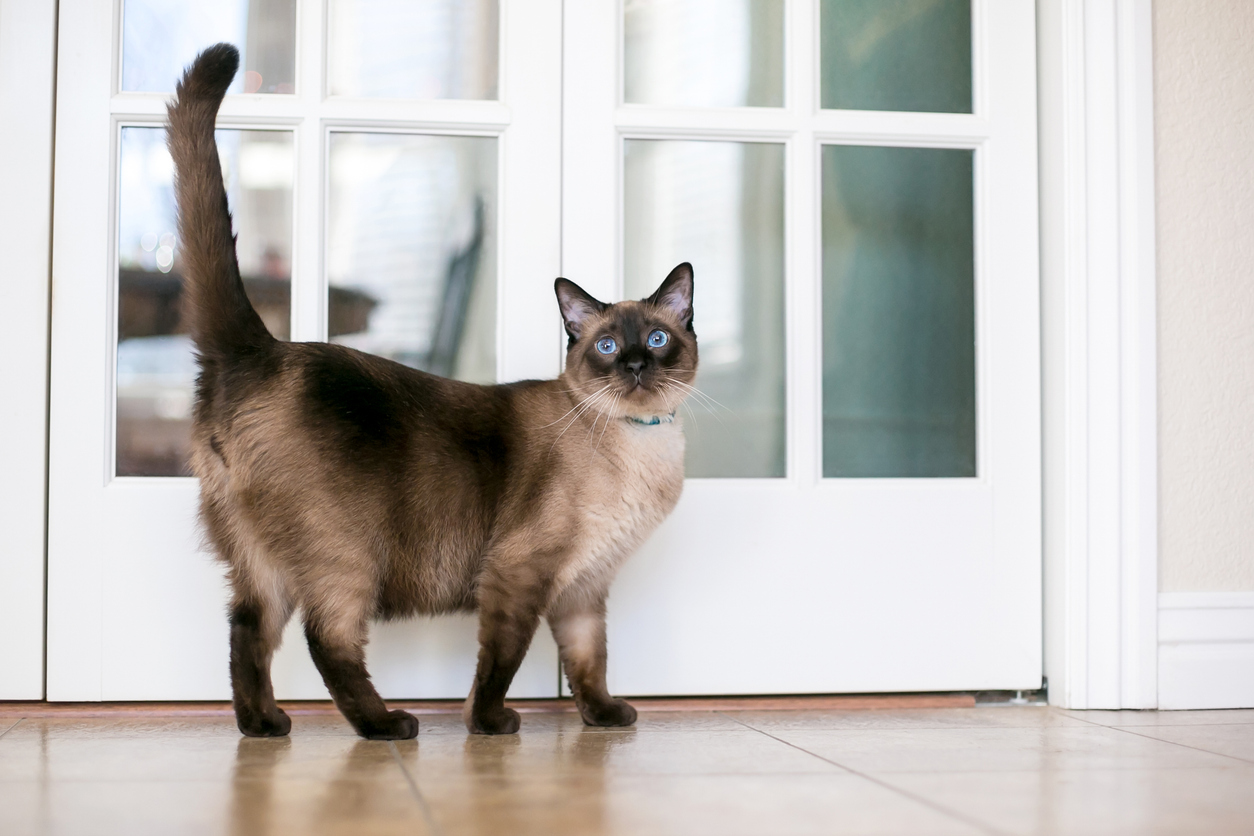
If you’ve ever cuddled a cat only to end up sneezing, itching, or rubbing your eyes red, you’re not alone. Cat allergies are surprisingly common, but that doesn’t mean you can’t live peacefully with your feline friends.
Whether you’re a lifelong cat lover or looking to adopt your first kitty, this guide will help you understand cat allergies and discover the best ways to live happily ever after (and sneeze-free) while getting all the purr-filled snuggles you want.
What Actually Causes Cat Allergies?
Here’s the deal: it’s not the fur—it’s a protein.
Most people allergic to cats are allergic to a protein called Fel d1, found in cat saliva, skin, and dander (tiny skin flakes). When cats groom themselves, they spread that protein onto their fur. From there, it becomes airborne and can stick to most surfaces.
Common Symptoms of Cat Allergies:
- Sneezing and nasal congestion
- Itchy or watery eyes
- Coughing or wheezing
- Skin rashes after touching a cat
Some people even experience asthma-like symptoms, particularly if they have preexisting respiratory conditions.
Cat Allergy vs. Dog Allergy: Is One Worse?
Yes—cat allergies tend to be more intense. That’s because the Fel d1 protein is smaller and stickier than the proteins dogs produce. It lingers in the air longer and clings to surfaces more stubbornly.
That said, it’s possible to be allergic to one and not the other. If you’re wondering whether a dog might be a better option, take a look at our post on Best Dog Breeds for Allergy Sufferers.
Are There Hypoallergenic Cats?
While no cat is 100% hypoallergenic, some cats naturally produce less Fel d1 or shed less, making them more compatible with allergy-prone humans.
Don’t be discouraged; take a look at a few breeds that may irritate allergy sufferers less.
Best Cat Breeds for Allergy Sufferers
If you’re determined to find a cat that won’t leave you sneezing, here are some of the most recommended low-allergen cat breeds:
- Siberian – Despite their long hair, many produce low amounts of Fel d1.
- Balinese – Sometimes called the “hypoallergenic Siamese.”
- Oriental Shorthair – Sleek and low-shedding.
- Devon Rex & Cornish Rex – They have short, fine coats and less surface area for dander.
- Sphynx – Hairless, but not maintenance-free—they need frequent bathing to remove oil and allergens.
These breeds aren’t a guaranteed fix, but many people with mild allergies can tolerate them much better.
Tips for Living with Cats if You Have Allergies
If you’re already living with a cat—or planning to adopt one—there are several steps you can take to reduce allergens at home.
Clean Often
- Vacuum with a HEPA filter two or three times a week
- Use an air purifier, especially in bedrooms or common areas
- Wash bedding, curtains, and pet blankets regularly
- Keep the Litter Box Clean – Dust kicked up can worsen air quality.
- Grooming Matters
- Regular brushing reduces loose fur and allergens
- If your cat doesn’t tolerate baths, use cat grooming wipes specifically designed to remove dander
- Brushing helps reduce loose fur and allergens
Other Ideas
- You may need to make your bedroom a dander-free retreat
- Try Allergen-Reducing Food or Products – Some diets or sprays claim to help reduce allergen production
Don’t Give Up on Cats Just Yet
Living with cat allergies doesn’t mean giving up your dream of having a cat—it just means being smarter about the breed you choose and how you manage allergens.
Hold onto hope and consider:
- A low-allergen breed
- A solid cleaning routine
- Regular cat grooming
- And expert care from your provider at Baz
“The good news is that plenty of cat allergy sufferers live happily with cats. It may take some creativity and a new treatment plan, but that’s what we are here for.”
— Dr. Stella Hartono, Board-Certified Allergist
Call us if you need a little help getting a handle on the dander: 559-436-4500



